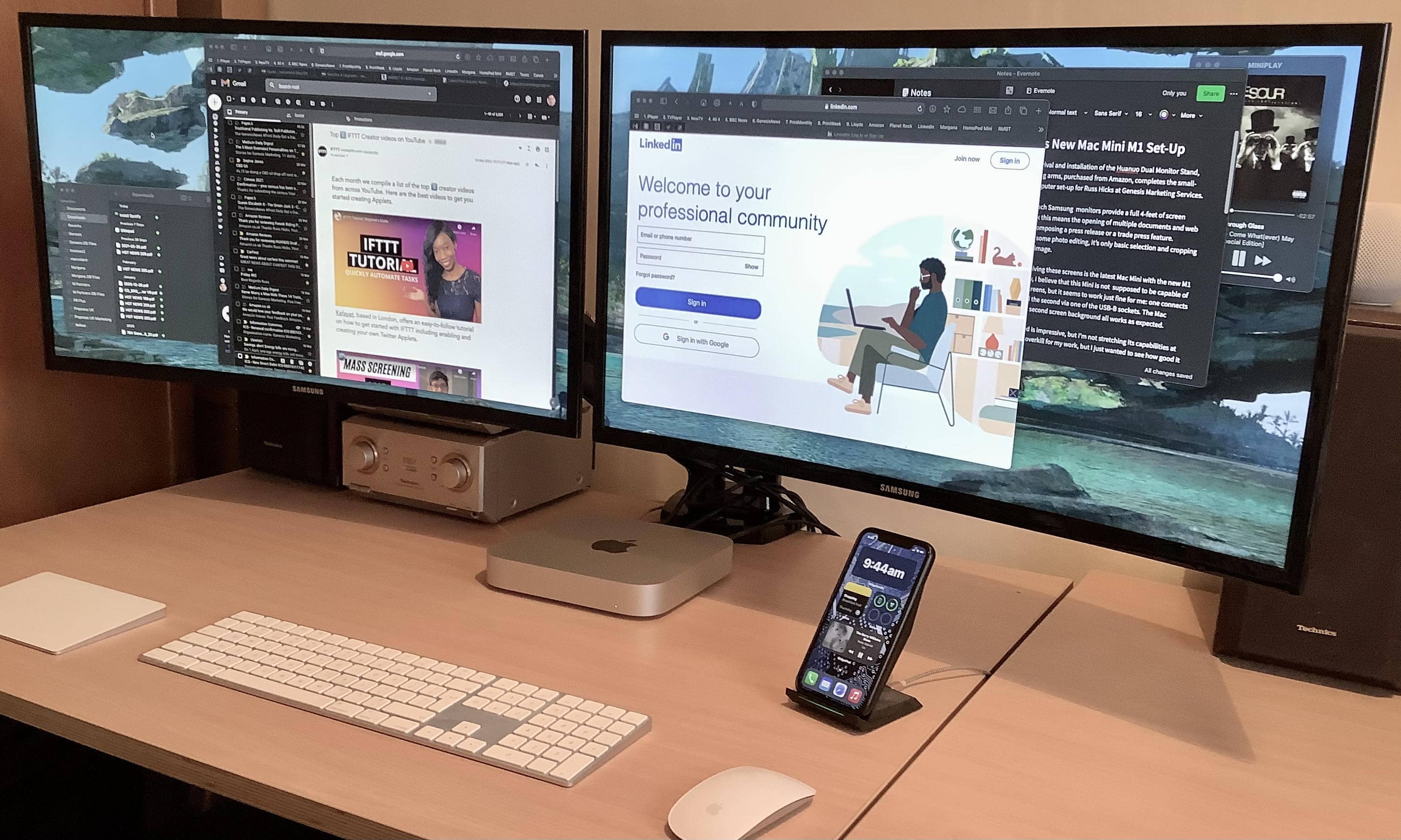


Then in your zsh config file ( ~/.zshrc) add zsh-syntax-highlighting to the plugins. But basically just run the command: git clone $/plugins/zsh-syntax-highlighting This enables all sorts of cool features: you can easily navigate to previous shell prompts with and. Syntax highlighting can slow down pasting large portions of text. iTerm2 can integrate with your shell so it knows where your shell prompt is, what commands you're entering, which host you are on, and what your current directory is. Then add the following lines to your zsh config file ( ~/.zshrc): fpath+=$HOME/.zsh/pure autoload -U promptinit promptinit prompt pureīonus: Make ZSH give you syntax highlighting. I’ve got a late-2019 16-inch MacBook Pro from work that has a six-core Intel i7 CPU and 16GB DDR4 memory. The official instructions are in the git repo here. After spending a few days setting up Ruby, Python, Homebrew, and other apps on the laptop, here are the five things I have learned that can be interesting. It’s a bit more complicated to install than a stock theme but isn’t too bad. Oh-My-ZSH has a lot of preinstalled themes (you can view them here, but the theme I’m currently using is called pure. It’s one of those things you never knew you needed until you try it.Ĥ. I talked a little bit about this in my MacBook Air impressions.īut two things I really like about Oh-My-ZSH is that my default tab autocomplete isn’t case sensitive (this is the main reason for wanting to tweak the MacOS terminal) and if you press tab for autosuggestions it shows up after only pressing tab once and not twice. You can do so by running one of the commands on the Oh-My-ZSH page. Although that’s only for making your terminal pretty.

If you stopped here you’d be pretty good. Anyways ‘hyper-snazzy’ is doing 99% of the work in this setup. I don’t know why you need a plugin just to hide the title bar. Then replace the plugins line with: plugins: , It should be located at ~/.hyper.js or just open it from the settings button. You’ll have to edit the configuration file. Install The Hyper Terminal Extensions Hyper-Hide-Title and Hyper-Snazzy. So to get a pretty terminal like me all you have to do is the following:ġ: Install Hyper Terminal. One of my professors talked about it but I guess I wasn’t paying very much attention. lrzsz is a unix communication package providing the XMODEM, YMODEM, ZMODEM file. Here is a lightweight, quick, and convenience tools which related with ssh, called lrzsz. Unlike iTerm2, Termius doesn’t replace your Mac’s Terminal, but it has some features, such as the autocomplete. In the future, the main build for all users will be Universal.Apparently ls uses some funny business to try to determine if you’re running it from a terminal or not or something. There are a mess of troubles in sending and receiving files from my macbook to dev server, since I had no permission to excute command scp on dev server. Termius is a multi-platform SSH client that’s available for Mac, Windows, Linux, as well as for mobile devices, making it perfect for users who need to share data and run software across different types of devices. If you're using an Intel Mac, continue to use the main Alfred update. Please note that, at this time, this build only benefits Macs with the M1 chip. You'll find a Universal build ready for download here: Looking forward, this opens a new chapter for exciting things we have lined up for Alfred's future! As a developer, I have experienced major issues with installing languages, libraries and development tools from the command-line as Apple M1 has migrated over to using arm64 instead of x8664 architecture. We have great plans to take advantage of new macOS features, and the M1 architecture. Run everything in Rosetta 2 on Silicon Mac (2 answers) Closed 10 months ago. That was it, no other changes were needed, and we were immediately able to take full advantage of the new architecture. To our pleasant surprise, it was as straightforward as loading up Alfred's code into Xcode 12 Beta, selecting the Universal architecture, and compiling. You'll be excited to hear that we've been running a Universal build of Alfred on the Apple DTK using macOS Big Sur for some time now, and we're thrilled to say that the performance of Alfred running natively on the Apple M1 chip is remarkable.Īlfred has an exceedingly clean code base, so we were hoping for it to be reasonably easy to create our first Universal build.


 0 kommentar(er)
0 kommentar(er)
